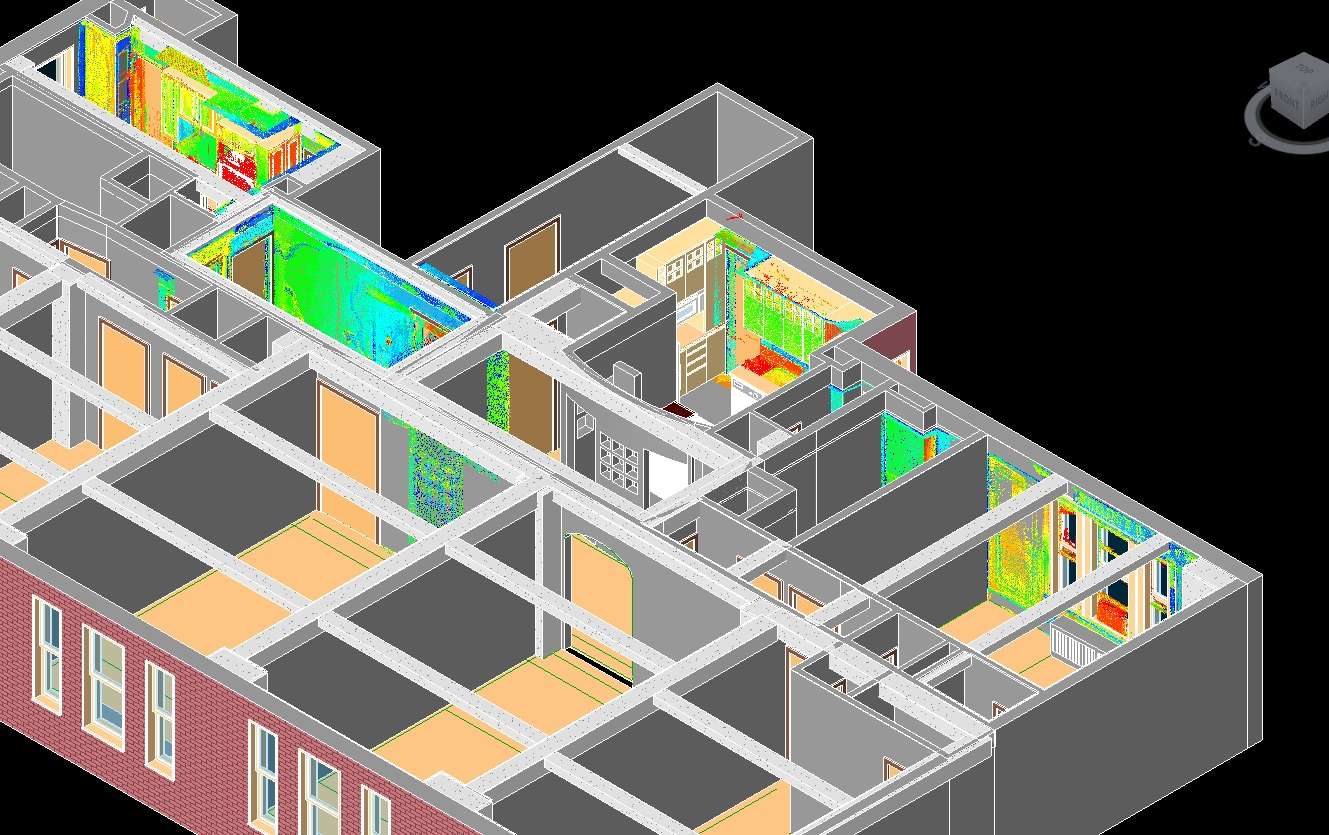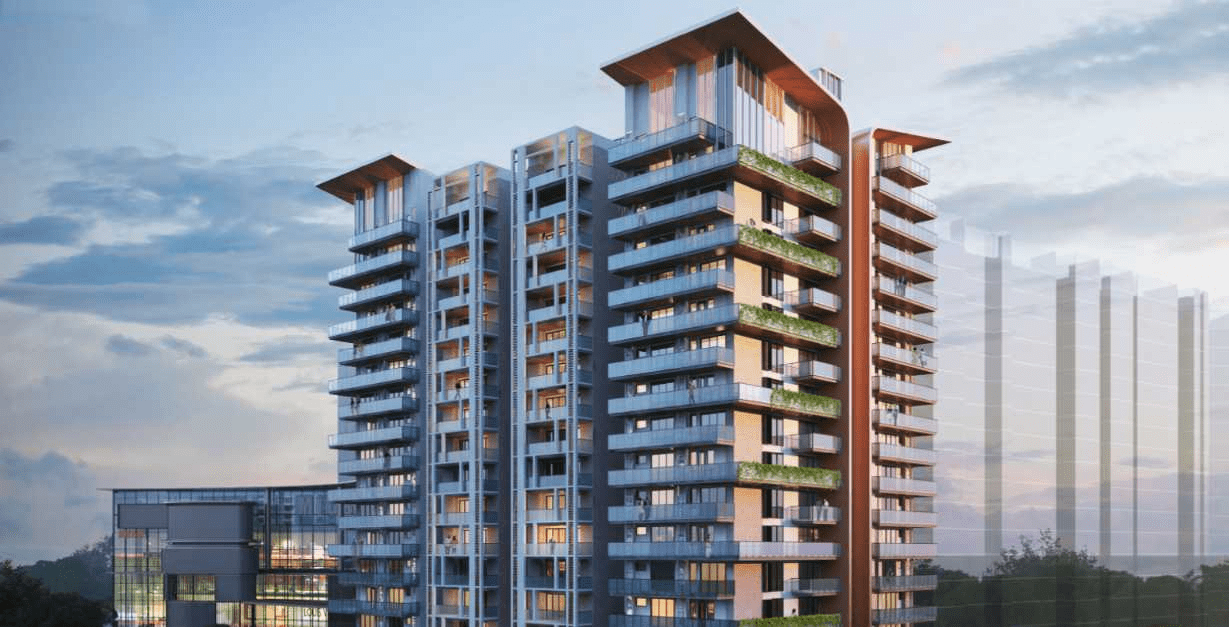Scan to BIM technology has become a game-changer in the field of scanning, significantly revolutionizing the construction industry, particularly in the context of renovating or retrofitting old buildings. This innovative approach allows for the collection of comprehensive building data without the need for cumbersome old plans and blueprints. The result is precise and accurate data utilization, eliminating the guesswork often associated with deciphering the construction of ancient structures.
So, how can your team obtain accurate data that can be tailored to meet various requirements across all three disciplines while staying on schedule? The answer lies in BIM, short for Building Information Modeling, which represents a standardized planning process for creating digital 3D models. These models serve as invaluable resources for architects, engineers, and construction professionals, aiding in design enhancement, facilities management, and long-term maintenance cost planning. What sets BIM apart is its ability to consolidate vast amounts of physical and functional information within a single database, making it a powerful tool for efficient information transfer and coordination across project teams and stages.
In the Architecture, Engineering, and Construction (AEC) industry, efficiency is paramount. To that end, the industry is continually embracing innovative techniques to enhance productivity. One of the fastest-growing technologies in this sector is Scan to BIM services.
Understanding Scan to BIM:
Scan to BIM is the process of capturing and rendering high-density point clouds of a landscape, structure, or site to create a 3D BIM modeling services. Point cloud data, generated from laser scanners like LiDAR or photogrammetry, serves as the foundation for developing data-rich and precise 3D models. These models offer a comprehensive view of how various components integrate into the building system, employing advanced 3D solid modeling tools.
Scan to BIM finds application across numerous construction project processes, including construction area affirmation, design planning, verification, evaluation, MEP coordination, as-built drawings, remodeling/renovation, quantity takeoffs, budget estimates, and more. As the demand for BIM adoption continues to grow in the AEC industry, Scan to BIM is rapidly becoming an essential component of the BIM process, particularly in projects involving pre-existing structures or sites.
Benefits of Scan to BIM Services:
Efficiency:
Incorporating 3D scanning into the BIM process reduces the risk of construction interruptions and expedites the design phase. Designers and key stakeholders gain rapid access to critical information, facilitating quick and informed decision-making based on point cloud data, as opposed to relying on manual measurements or data from other teams.
Accuracy:
Quality assurance and reliability are paramount in the AEC industry. By leveraging 3D laser scanners instead of traditional hand measurement methods, Scan to BIM significantly improves the accuracy of the final BIM model. This precision translates into smarter decisions, virtually eliminating construction interferences and change orders that can impact project profitability.
Versatility:
BIM enables data sharing across all stages of construction, maintenance, and system integration, making it ideal for various applications, including facilities management and maintenance. With Scan to BIM, teams can input essential data into the 3D Revit model, allowing for comprehensive planning and future-proofing.
Cost-Efficiency:
Scan to BIM, with its precise site planning capabilities, helps create more manageable project budgets. It minimizes the risk of exceeding budget constraints and reduces the need for manual surveys, ultimately cutting down on labor costs.
Safety:
Traditional surveying often involves navigating challenging terrains, posing safety risks for surveyors. Scan to BIM leverages drones to collect data from these environments without endangering personnel.
In a world where more than 45% of the AEC industry is transitioning towards precise and agile technology, Scan to BIM has emerged as a vital tool. It accurately represents complex landscapes and objects, utilizing a multitude of data points to create highly accurate 3D models. This technology is instrumental in addressing the complexities of building and landscape design, especially in scenarios involving ongoing remodeling and renovations.
With reliable 3D point cloud technology, laser scanners, and 3D modeling software, every aspect of a landscape can be meticulously recognized and distinguished, ensuring the creation of precise 3D models. Scan to BIM is playing a pivotal role in shaping the future of the construction industry, enabling more efficient, accurate, and collaborative processes that enhance project outcomes.









